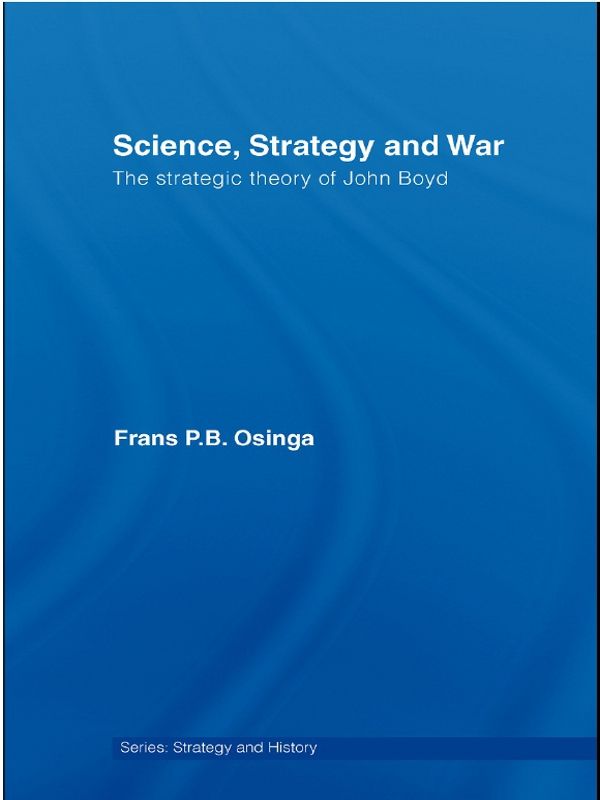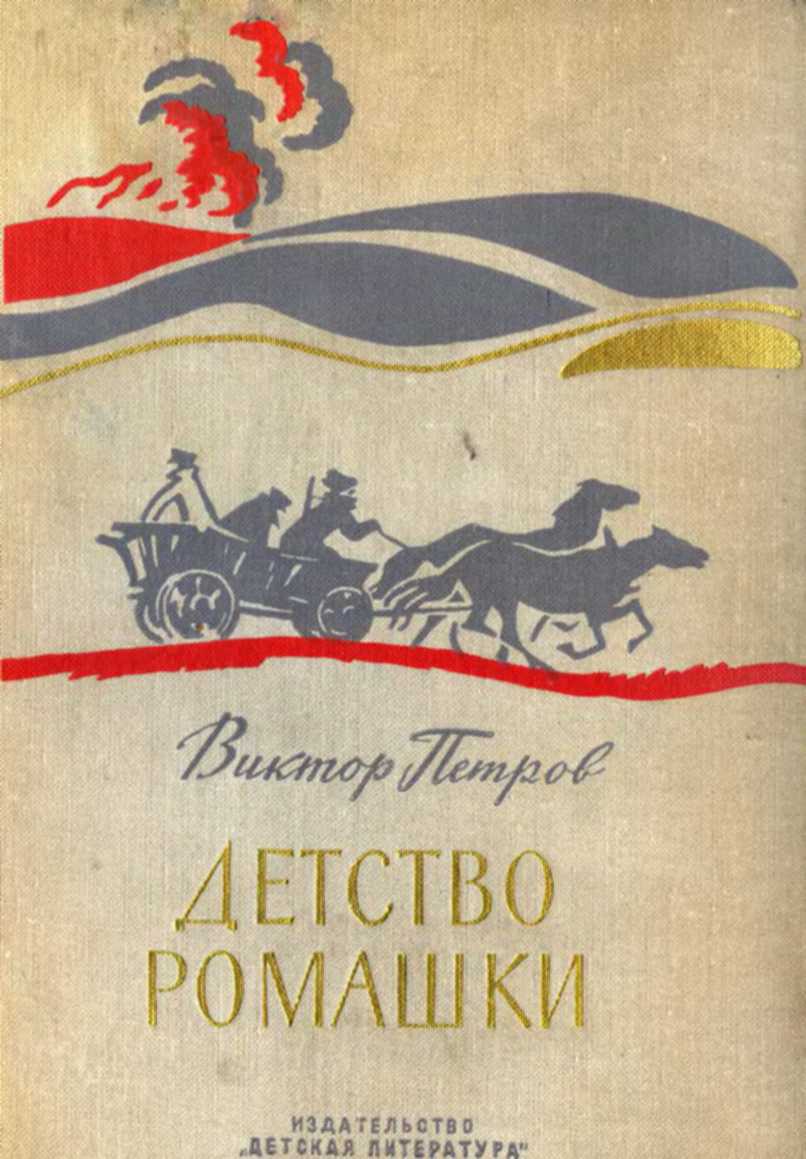A.F.B., AL: Air University Press, 1984, p. 106. Laplace established that the solar system was stable and completely determined by physical laws, hence entirely predictable.
89 Ibid., p. 108.
90 Ibid., p. 116.
91 Ibid., pp. 119, 121.
92 This is not incidentally similar to Boyd’s use of these scientists. As Watts explained to the author, he was thoroughly familiar with Boyd’s maturing work, and had frequent detailed and long discussions with him about Boyd’s ideas as well as on scientific ideas in general.
93 Ibid., p. 109.
94 Ibid., p. iii.
95 Ibid., p. 8.
2 The seeds of a theory and the fertile soil
1 Karl Popper, The Logic of Scientific Discovery, New York: Routledge, 1968, p. 32.
2 This list is based on Jeffrey Cowan (2000), From Fighter Pilot to Marine Corps Warfighting. Online. Available at: www.defence-and-society.org/FCS_Folder/Boyd_ thesis.htm (accessed 14 August 2002), pp. 29–30; and Grant T. Hammond, The Mind of War, John Boyd and American Security, Washington, D.C.: Smithsonian Institution Press, 2001, p. 155.
3 Hammond, op. cit., p. 35.
4 Ibid., p. 39.
5 Ibid., pp. 44, 46–7; Cowan, op. cit., pp. 11–12.
6 See Robert Coram, Boyd, The Fighter Pilot Who Changed the Art of War, Boston: Little Brown & Company, 2002, pp. 127–34, for an anecdotal account of the way Boyd gained this insight and made the analogy to air combat.
7 Ibid., p. 127. Both Hammond and Coram rightfully discuss the importance of Tom Christie in the development of EM Theory.
8 See Hammond, op. cit., pp. 52–61 and Cowan, op. cit., pp. 12–13.
9 Coram deals extensively with Boyd’s involvement in the design of the F-15 and the F-16 in Part II.
10 Richard P. Hallion, Storm over Iraq, Air Power and the Gulf War, Washington, D.C.: Smithsonian Institution Press, 1992, p. 38. See also Cowan, op. cit., pp. 13–15, and Hammond, op. cit., pp. 67–100. All attest to Boyd’s considerable influence.
11 This section benefited from some corrective suggestions by Barry Watts.
12 See Hammond and Hallion as well as James Burton, The Pentagon Wars: Reformers Challenge the Old Guard, Annapolis, MD: Naval Institute Press, 1993.
13 Hammond, op. cit., pp. 121–3.
14 James Burton, op. cit., pp. 46, 49.
15 John Boyd, ‘A New conception for Air-to-Air Combat’, slides 6, 18, underlining in original.
16 Ibid., p. 19.
17 Ibid., p. 21.
18 Ibid., p. 22.
19 Ibid., p. 23.
20 According to Barry Watts, as communicated to the author, those views were reinforced if not preceded by the strong opinion of Pierre Sprey, one of Boyd’s close associates.
21 Julian S. Corbett, Some Principles of Maritime Strategy, Annapolis, MD: Naval Institute Press, 1988 (originally published in 1911).
22 T.E. Lawrence, The Seven Pillars of Wisdom, Ware, Hertfordshire: Wordsworth Editions, 1997, p. 177.
23 Ibid., p. 178.
24 Ibid., p. 179.
25 Ibid., pp. 185–6.
26 Ibid., pp. 182–4.
27 Ibid., pp. 188–90.
28 Ibid., p. 185.
29 Azar Gat, Fascist and Liberal Visions of War, Fuller, Liddell Hart, Douhet and other Modernists, Oxford: Clarendon Press, 1998, p. 33.
30 Ibid. Gat cites from Guderian’s work.
31 J.F.C. Fuller, The Conduct of War, 1789–1961: A Study of the Impact of the French, Industrial and Russian Revolutions on War and Its Conduct, New Brunswick, NJ: Da Capo Press, 1992, pp. 242–3.
32 Ibid.
33 Gat, op. cit., p. 40.
34 Ibid., p. 39.
35 For the evidence of Liddell Hart’s plagiarism see Gat, op. cit., pp. 146–50.
36 The bibliography attached to Patterns of Conflict shows Boyd studied the following works by Liddell Hart: A Science of Infantry Tactics Simplified (1926); The Future of Infantry (1933); The Ghost of Napoleon (1934); The German Generals Talk (1948); and Strategy (1967).
37 For this study I used the second revised edition of 1967, the one Boyd also read and which he heavily annotated.
38 Liddell Hart has been thoroughly criticized for his methods, his sloppy history and his misinterpretation of Clausewitz and the actions of senior military figures in World War I. However, recently several authors acknowledge that Liddell Hart’s later work is more sophisticated and original, that indeed the Blitzkrieg practitioners were inspired by Fuller and Liddell Hart, and that his interpretation of Clausewitz is not too wide off the mark altogether. See for instance Alex Dachev, ‘Liddell Hart’s Big Idea’, Review of International Studies (1999), 25, pp. 29–48.
39 Gat, op. cit., pp. 150–3.
40 Ibid.
41 Jay Luvaas, ‘Clausewitz: Fuller and Liddell Hart’, Journal of Strategic Studies, 9 (1986), p. 209.
42 Liddell Hart, Strategy, p. 212.
43 Ibid.
44 Ibid., pp. 321–2.
45 Ibid., p. 323.
46 Ibid., p. 324.
47 Ibid., my emphasis partly.
48 Here Boyd actually noted in the margins that this equates to ‘getting inside the adversary’s OODA or mind-space-time framework’.
49 Ibid., p. 327. Emphasis in original. Here we see Liddell Hart outlining an idea similar to the concept of ch’i and cheng; the unorthodox and the orthodox and the idea of shaping the opponent, as will be explained in more detail below.
50 Ibid.
51 Ibid., p. 329. Emphasis is mine.
52 Ibid.
53 Ibid., p. 330.
54 Ibid. Emphasis is mine.
55 Ibid., pp. 335–6.
56 In Hammond, op. cit., p. 105.
57 It also helps to explain some of the terms Boyd put in his slides without much explanation. The following is based on my chapter titled ‘Asymmetric Warfare: Rediscovering the Essence of Strategy’, in John Olson, Asymmetric Warfare, Oslo: Royal Norwegian Air Force Academy Press, 2002.
58 For some additional meanings see Roger Ames (transl.), Sun Tzu, The Art of Warfare, New York: Ballantine Books, 1993, p. 73.
59 Taken from Ralph D. Sawyer (transl.), Sun Tzu: The Art of War, New York: Barnes and Noble, 1994.
60 Ibid., p. 191.
61 Ibid., p. 178.
62 Ibid., p. 179.
63 Ibid., p. 177.
64 Ibid., p. 224.
65 Ames, op. cit., p. 84.
66 See Sawyer, op.





